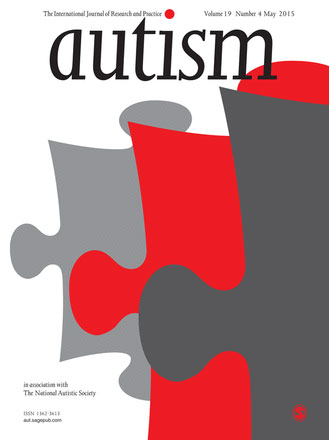Update: 24 April 2024
Children with Autism: Excess or Deficiency of Natural Trace Elements
Authors: Abdullahi Fido, Kuwait University, Kuwait, with Samira Al-Saad, Kuwait Autism Center, Kuwait
Excesses and/or deficiencies of essential trace nutritional elements has been implicated in the etiology of autism. This study examines whether or not the concentration levels of toxic heavy-metals in the hair of children with autism differs significantly from those of healthy children.

This research was originally published in Autism, a peer-reviewed international journal focusing on evaluative research in all areas of autism, including: intervention; diagnosis; training; education; neuroscience; psychological processes; evaluation of particular therapies; quality of life issues; family issues and family services; medical and genetic issues; epidemiological research.
In this study, in-hair concentration levels of antimony, uranium, arsenic, beryllium, mercury, cadmium, lead and aluminum from 40 boys with autism and 40 healthy boys were determined by Perkin-Elmer mass spectrometry.
The children with autism had significantly higher in-hair concentration levels of lead, mercury and uranium. The difference between the two groups in the other five toxic elements was less significant (p<0.001). Interestingly, the ratios between nutritional trace elements and toxic elements among children with autism fell within the normal range. In this study, the possible sources of the toxic heavy-metal exposures are discussed also.
Source: Autism Journal
Find a hTMA Practitioner